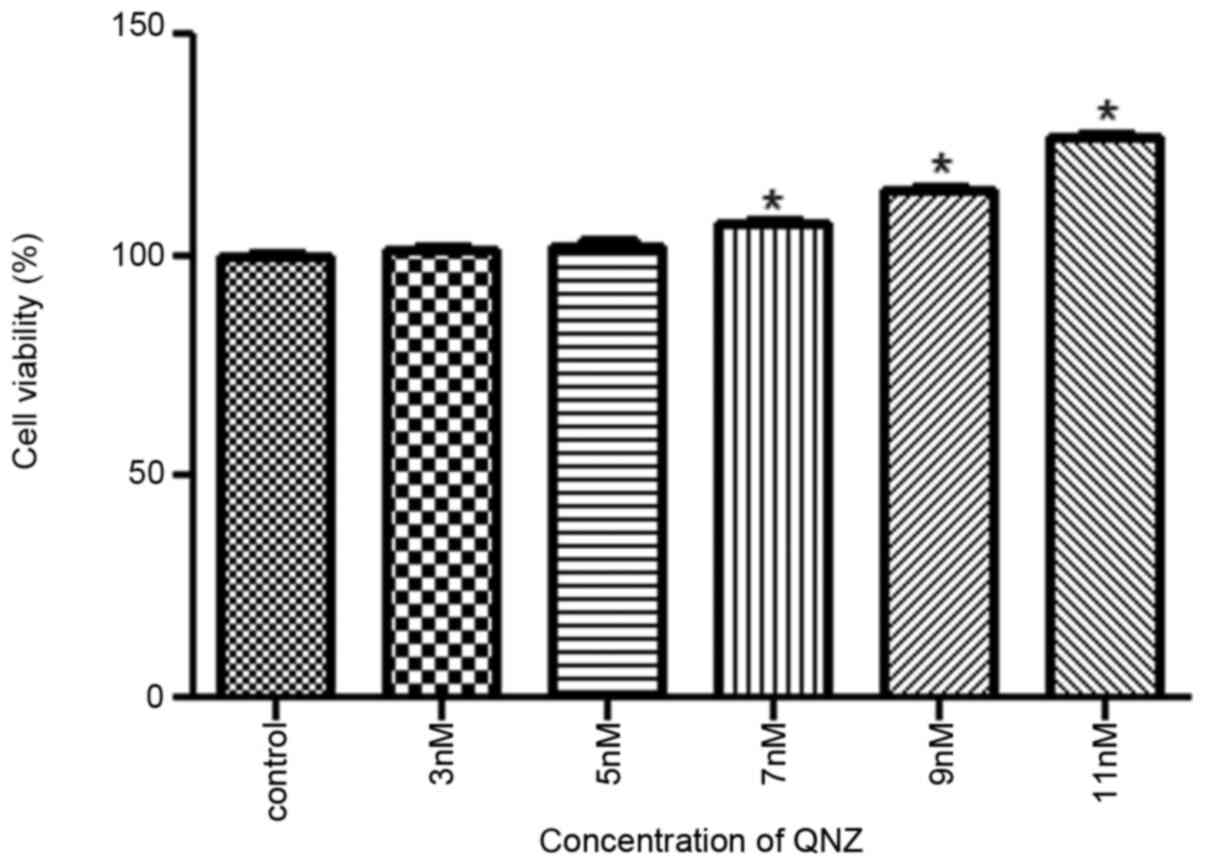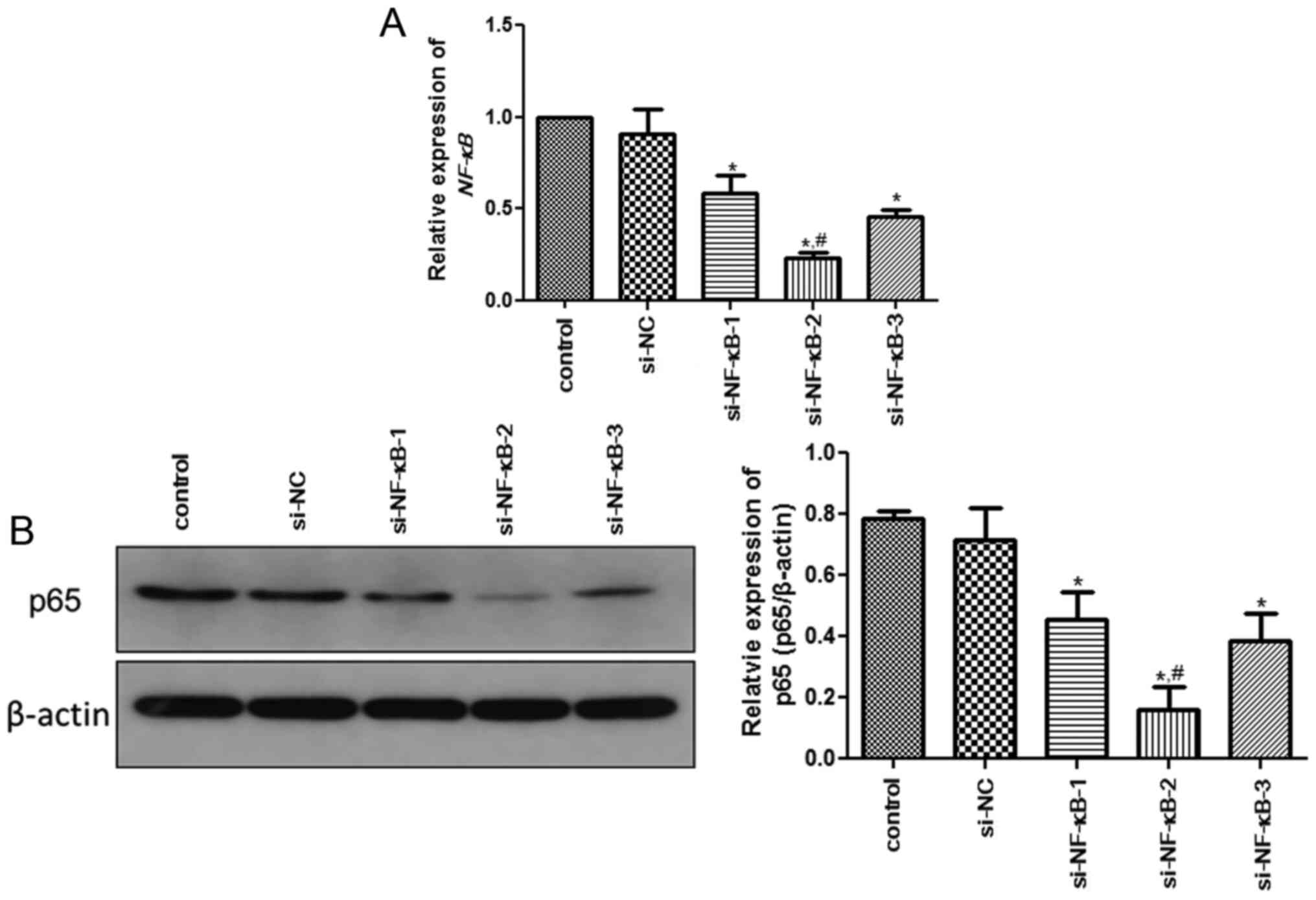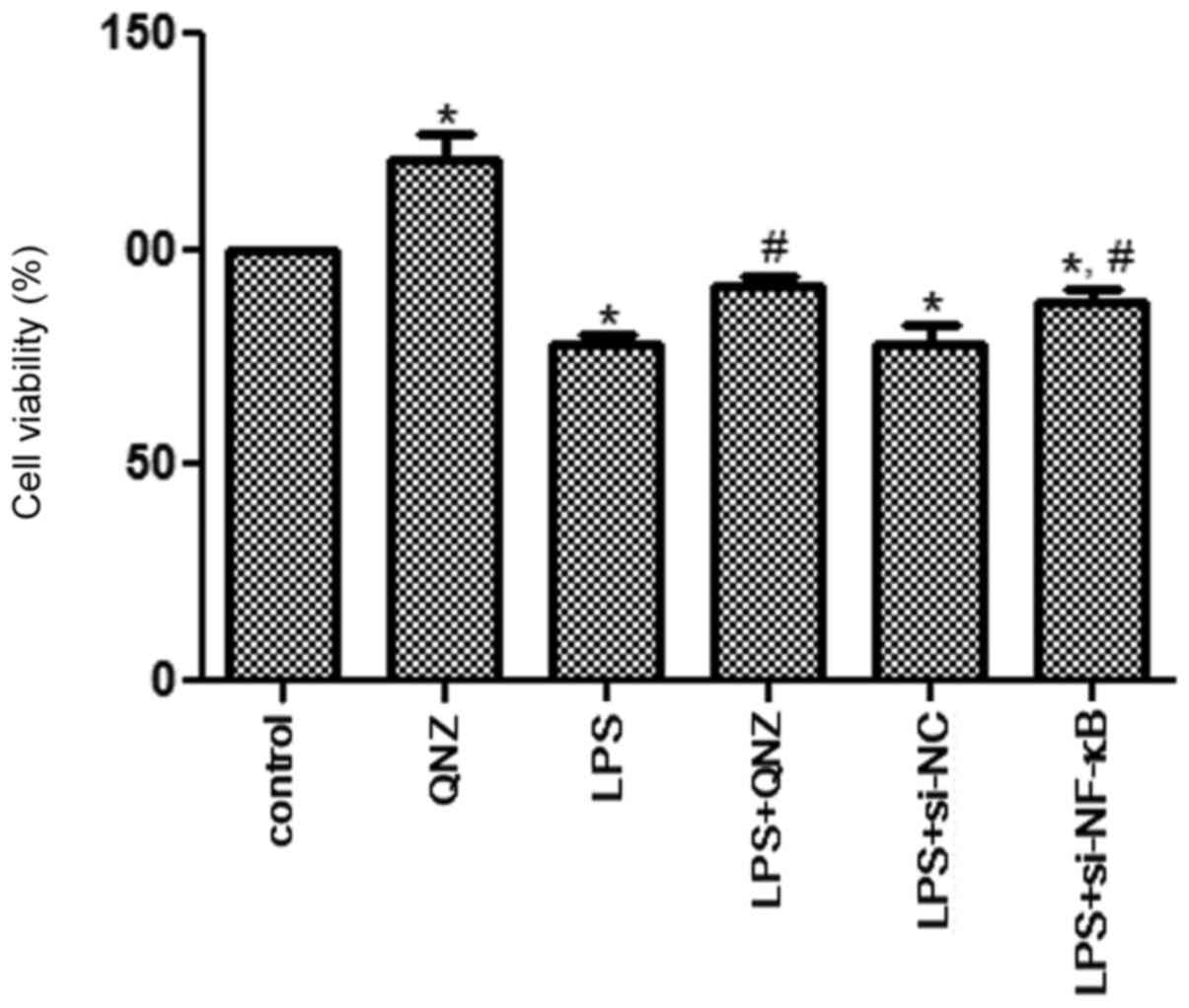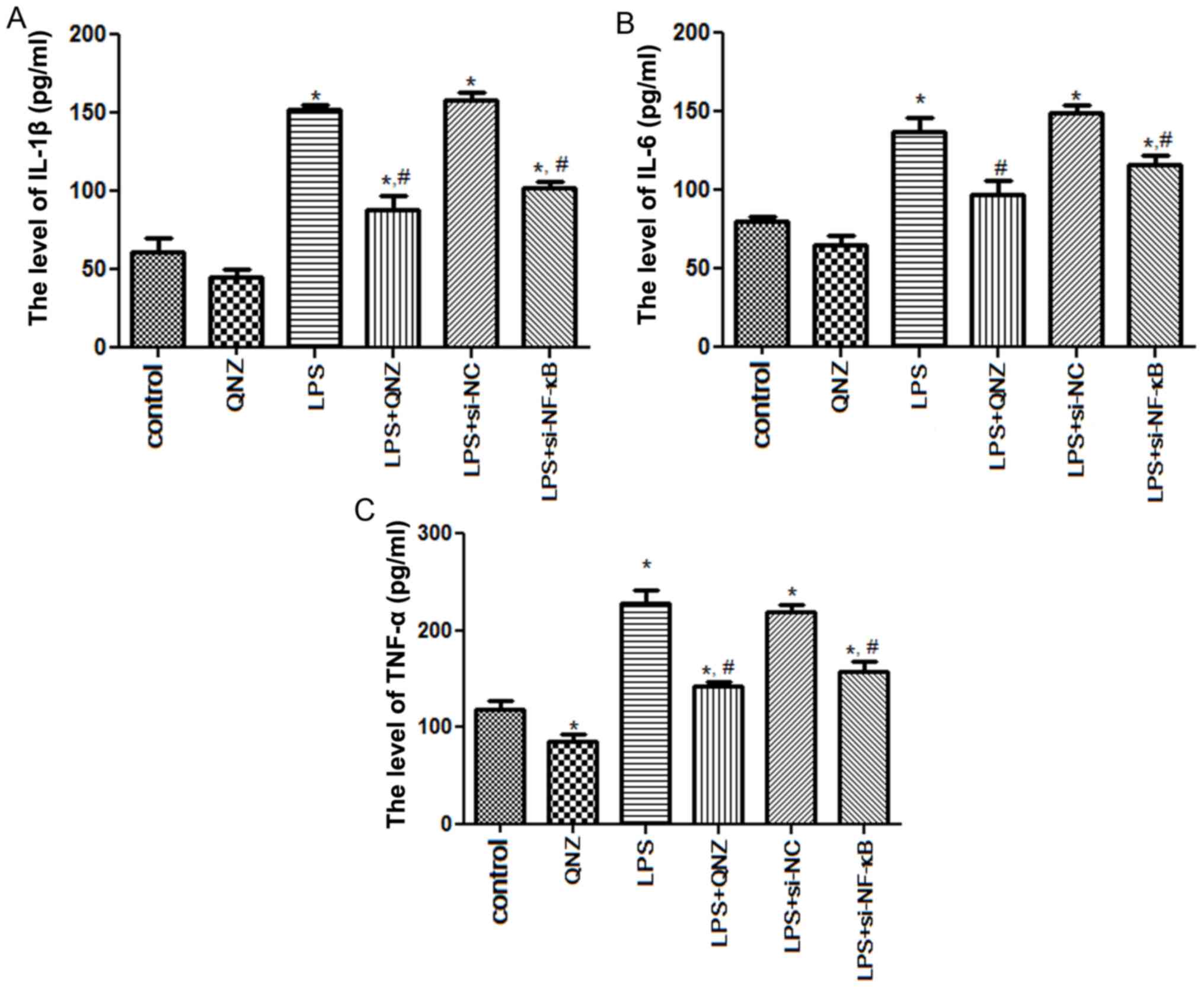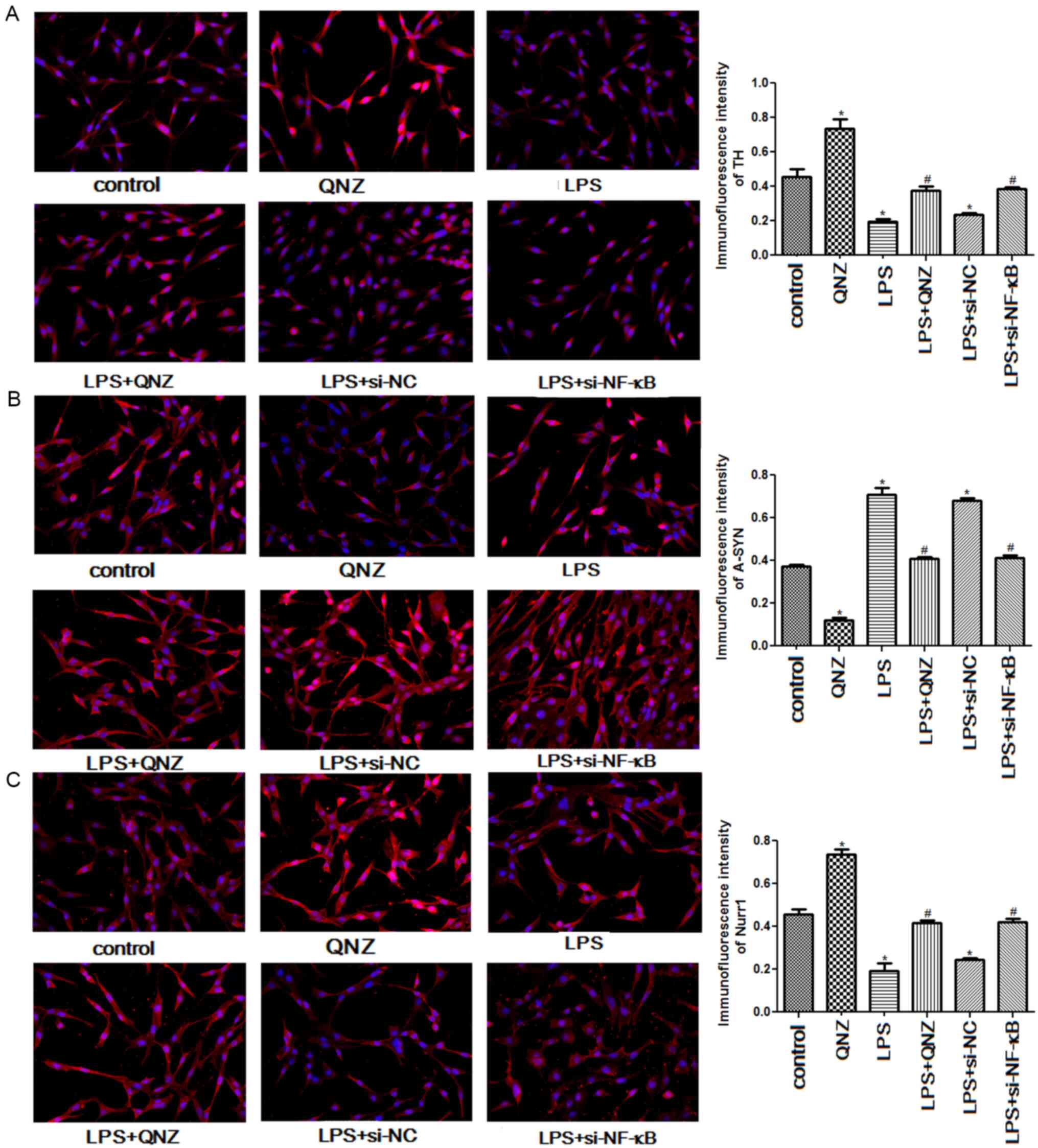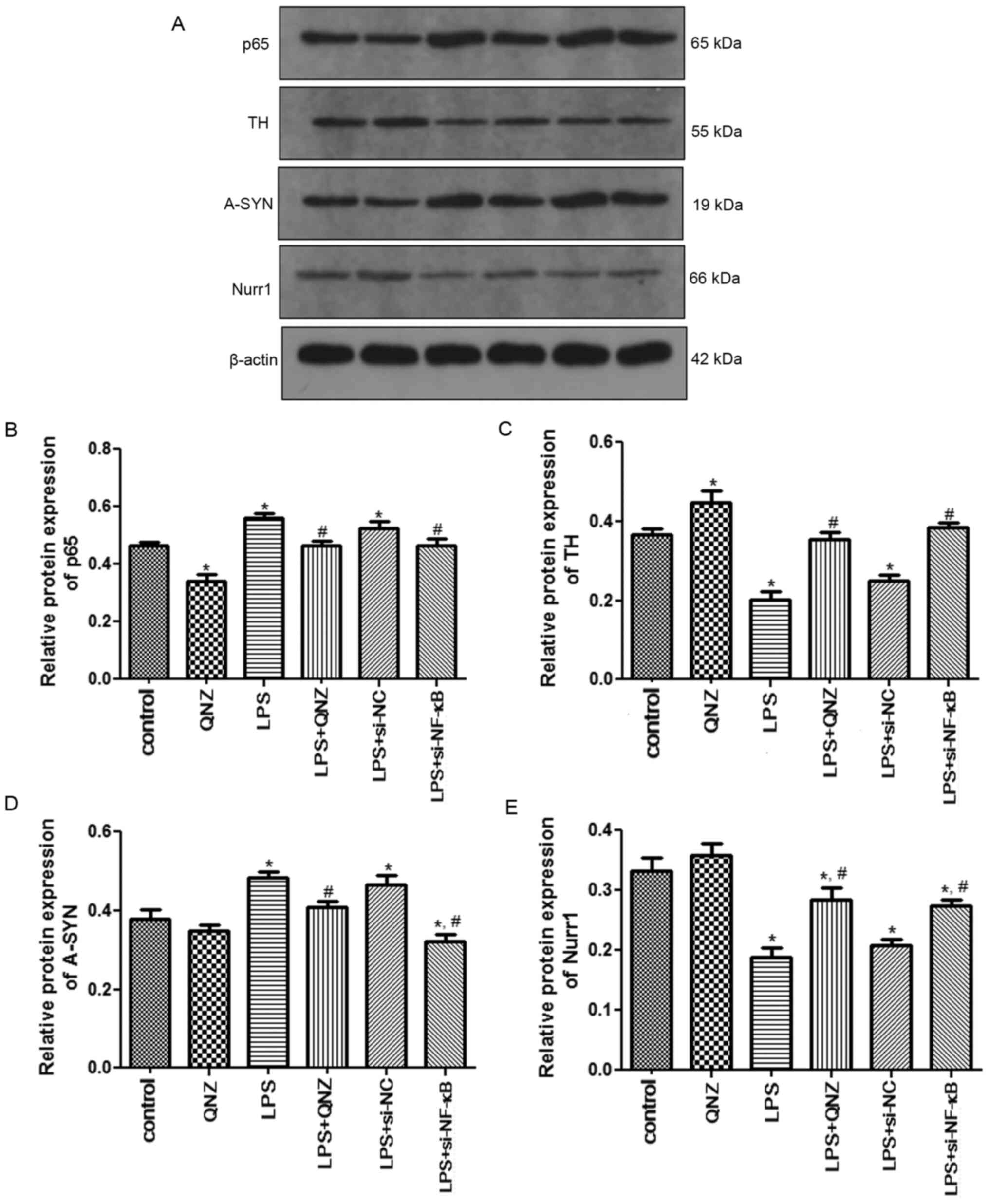|
1
|
Sveinbjornsdottir S: The clinical symptoms
of Parkinson's disease. J Neurochem. 139 (Suppl 1):S318–S324. 2016.
View Article : Google Scholar
|
|
2
|
Cacabelos R: Parkinson's disease: From
pathogenesis to pharmacogenomics. Int J Mol Sci. 18:5512017.
View Article : Google Scholar
|
|
3
|
Radhakrishnan DM and Goyal V: Parkinson's
disease: A review. Neurol India. 66 (Suppl):S26–S35. 2018.
View Article : Google Scholar : PubMed/NCBI
|
|
4
|
Ghosh A, Roy A, Liu X, Kordower JH, Mufson
EJ, Hartley DM, Ghosh S, Mosley RL, Gendelman HE and Pahan K:
Selective inhibition of NF-kappaB activation prevents dopaminergic
neuronal loss in a mouse model of Parkinson's disease. Proc Natl
Acad Sci USA. 104:18754–18759. 2007. View Article : Google Scholar : PubMed/NCBI
|
|
5
|
Katzenschlager R and Lees AJ: Treatment of
Parkinson's disease: Levodopa as the first choice. J Neurol. 249
(Suppl 2):II19–II24. 2002. View Article : Google Scholar : PubMed/NCBI
|
|
6
|
Csoti I, Jost WH and Reichmann H:
Parkinson's disease between internal medicine and neurology. J
Neural Transm (Vienna). 123:3–17. 2016. View Article : Google Scholar : PubMed/NCBI
|
|
7
|
Irwin DJ, Grossman M, Weintraub D, Hurtig
HI, Duda JE, Xie SX, Lee EB, Van Deerlin VM, Lopez OL, Kofler JK,
et al: Neuropathological and genetic correlates of survival and
dementia onset in synucleinopathies: A retrospective analysis.
Lancet Neurol. 16:55–65. 2017. View Article : Google Scholar : PubMed/NCBI
|
|
8
|
Wen KX, Miliç J, El-Khodor B, Dhana K,
Nano J, Pulido T, Kraja B, Zaciragic A, Bramer WM, Troup J, et al:
The role of DNA methylation and histone modifications in
neurodegenerative diseases: A systematic review. PLoS One.
11:e01672012016. View Article : Google Scholar : PubMed/NCBI
|
|
9
|
Roostalu U, Salinas CBG, Thorbek DD,
Skytte JL, Fabricius K, Barkholt P, John LM, Jurtz VI, Knudsen LB,
Jelsing J, et al: Quantitative whole-brain 3D imaging of tyrosine
hydroxylase-labeled neuron architecture in the mouse MPTP model of
Parkinson's disease. Dis Model Mech. 12:dmm0422002019. View Article : Google Scholar : PubMed/NCBI
|
|
10
|
Wang X, Yang HA, Wang XN and Du YF: Effect
of siRNA-induced silencing of cellular prion protein on tyrosine
hydroxylase expression in the substantia nigra of a rat model of
Parkinson's disease. Genet Mol Res. 15:2016.
|
|
11
|
Salemme A, Togna AR, Mastrofrancesco A,
Cammisotto V, Ottaviani M, Bianco A and Venditti A:
Anti-inflammatory effects and antioxidant activity of
dihydroasparagusic acid in lipopolysaccharide-activated microglial
cells. Brain Res Bull. 120:151–158. 2016. View Article : Google Scholar : PubMed/NCBI
|
|
12
|
Bessler H, Djaldetti R, Salman H, Bergman
M and Djaldetti M: IL-1 beta, IL-2, IL-6 and TNF-alpha production
by peripheral blood mononuclear cells from patients with
Parkinson's disease. Biomed Pharmacother. 53:141–145. 1999.
View Article : Google Scholar : PubMed/NCBI
|
|
13
|
Jing H, Wang S, Wang M, Fu W, Zhang C and
Xu D: Isobavachalcone attenuates MPTP-induced Parkinson's disease
in mice by inhibition of microglial activation through NF-κB
pathway. PLoS One. 12:e01695602017. View Article : Google Scholar : PubMed/NCBI
|
|
14
|
Wang J, Yang ZH, Chen H, Li HH, Chen LY,
Zhu Z, Zou Y, Ding CC, Yang J and He ZW: Nemo-like kinase as a
negative regulator of nuclear receptor Nurr1 gene transcription in
prostate cancer. BMC Cancer. 16:2572016. View Article : Google Scholar : PubMed/NCBI
|
|
15
|
Bonta PI, Pols TW, van Tiel CM, Vos M,
Arkenbout EK, Rohlena J, Koch KT, de Maat MP, Tanck MW, de Winter
RJ, et al: Nuclear receptor Nurr1 is expressed in and is associated
with human restenosis and inhibits vascular lesion formation in
mice involving inhibition of smooth muscle cell proliferation and
inflammation. Circulation. 121:2023–2032. 2010. View Article : Google Scholar : PubMed/NCBI
|
|
16
|
McEvoy AN, Murphy EA, Ponnio T, Conneely
OM, Bresnihan B, FitzGerald O and Murphy EP: Activation of nuclear
orphan receptor NURR1 transcription by NF-kappa B and cyclic
adenosine 5′-monophosphate response element-binding protein in
rheumatoid arthritis synovial tissue. J Immunol. 168:2979–2987.
2002. View Article : Google Scholar : PubMed/NCBI
|
|
17
|
Pasban-Aliabadi H, Esmaeili-Mahani S,
Sheibani V, Abbasnejad M, Mehdizadeh A and Yaghoobi MM: Inhibition
of 6-hydroxydopamine-induced PC12 cell apoptosis by olive (Olea
europaea L.) leaf extract is performed by its main component
oleuropein. Rejuvenation Res. 16:134–142. 2013. View Article : Google Scholar : PubMed/NCBI
|
|
18
|
Wu C, Zhao W, Yu J, Li S, Lin L and Chen
X: Induction of ferroptosis and mitochondrial dysfunction by
oxidative stress in PC12 cells. Sci Rep. 8:5742018. View Article : Google Scholar : PubMed/NCBI
|
|
19
|
Sahoo S, Meijles DN, Al Ghouleh I, Tandon
M, Cifuentes-Pagano E, Sembrat J, Rojas M, Goncharova E and Pagano
PJ: MEF2C-MYOCD and leiomodin1 suppression by miRNA-214 promotes
smooth muscle cell phenotype switching in pulmonary arterial
hypertension. PLoS One. 11:e01537802016. View Article : Google Scholar : PubMed/NCBI
|
|
20
|
Xu G, Ao R, Zhi Z, Jia J and Yu B: miR-21
and miR-19b delivered by hMSC-derived EVs regulate the apoptosis
and differentiation of neurons in patients with spinal cord injury.
J Cell Physiol. 234:10205–10217. 2019. View Article : Google Scholar : PubMed/NCBI
|
|
21
|
Cheng S, Jiang X, Ding C, Du C,
Owusu-Ansah KG, Weng X, Hu W, Peng C, Lv Z, Tong R, et al:
Expression and critical role of interleukin enhancer binding factor
2 in hepatocellular carcinoma. Int J Mol Sci. 17:13732016.
View Article : Google Scholar
|
|
22
|
Rizzo F, Riboldi G, Salani S, Nizzardo M,
Simone C, Corti S and Hedlund E: Cellular therapy to target
neuroinflammation in amyotrophic lateral sclerosis. Cell Mol Life
Sci. 71:999–1015. 2014. View Article : Google Scholar : PubMed/NCBI
|
|
23
|
Russo I, Bubacco L and Greggio E: LRRK2
and neuroinflammation: Partners in crime in Parkinson's disease? J
Neuroinflamm. 11:522014. View Article : Google Scholar
|
|
24
|
Aloor R, Zhang C, Bandyopadhyay M and
Dasgupta S: Impact of nuclear factor-κB on restoration of neuron
growth and differentiation in hippocampus of degenerative brain. J
Neurosci Res. 93:1471–1475. 2015. View Article : Google Scholar : PubMed/NCBI
|
|
25
|
Negi G, Kumar A and Sharma SS: Melatonin
modulates neuroinflammation and oxidative stress in experimental
diabetic neuropathy: Effects on NF-κB and Nrf2 cascades. J Pineal
Res. 50:124–131. 2011.PubMed/NCBI
|
|
26
|
Wei X and Shao X: Nobiletin alleviates
endometriosis via down-regulating NF-κB activity in endometriosis
mouse model. Biosci Rep. 38:BSR201804702018. View Article : Google Scholar : PubMed/NCBI
|
|
27
|
Song F, Sun H, Wang Y, Yang H, Huang L, Fu
D, Gan J and Huang C: Pannexin3 inhibits TNF-α-induced inflammatory
response by suppressing NF-κB signalling pathway in human dental
pulp cells. J Cell Mol Med. 21:444–455. 2017. View Article : Google Scholar : PubMed/NCBI
|
|
28
|
Santos CM: New agents promote
neuroprotection in Parkinson's disease models. CNS Neurol Disord
Drug Targets. 11:410–418. 2012. View Article : Google Scholar : PubMed/NCBI
|
|
29
|
Burre J, Sharma M and Sudhof TC: Cell
biology and pathophysiology of α-synuclein. Cold Spring Harb
Perspect Med. 8:a0240912018. View Article : Google Scholar : PubMed/NCBI
|
|
30
|
Ma J, Yuan L, Wang SJ, Lei J, Wang Y, Li
YN and Yu BL: Electroacupuncture improved locomotor function by
regulating expression of tyrosine hydroxylase and α-synuclein
proteins and transcription activating factor 6 and transcription
factor X box binding protein 1 mRNAs in substantia nigra of rats
with Parkinson's disease. Zhen Ci Yan Jiu. 44:805–809. 2019.(In
Chinese). PubMed/NCBI
|
|
31
|
Mani S, Sekar S, Barathidasan R,
Manivasagam T, Thenmozhi AJ, Sevanan M, Chidambaram SB, Essa MM,
Guillemin GJ and Sakharkar MK: Naringenin decreases α-synuclein
expression and neuroinflammation in MPTP-Induced Parkinson's
disease model in mice. Neurotox Res. 33:656–670. 2018. View Article : Google Scholar : PubMed/NCBI
|
|
32
|
Shao QH, Yan WF, Zhang Z, Ma KL, Peng SY,
Cao YL, Yuan YH and Chen NH: Nurr1: A vital participant in the
TLR4-NF-κB signal pathway stimulated by α-synuclein in BV-2cells.
Neuropharmacology. 144:388–399. 2019. View Article : Google Scholar : PubMed/NCBI
|
|
33
|
Wang X, Zhuang W, Fu W and Wang X, Lv E,
Li F, Zhou S, Rausch WD and Wang X: The lentiviral-mediated Nurr1
genetic engineering mesenchymal stem cells protect dopaminergic
neurons in a rat model of Parkinson's disease. Am J Transl Res.
10:1583–1599. 2018.PubMed/NCBI
|
|
34
|
Saijo K, Winner B, Carson CT, Collier JG,
Boyer L, Rosenfeld MG, Gage FH and Glass CK: A Nurr1/CoREST pathway
in microglia and astrocytes protects dopaminergic neurons from
inflammation-induced death. Cell. 137:47–59. 2009. View Article : Google Scholar : PubMed/NCBI
|















